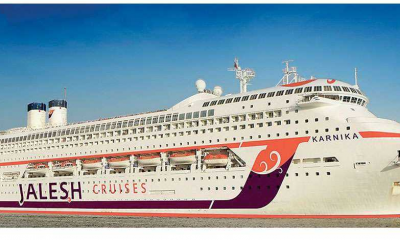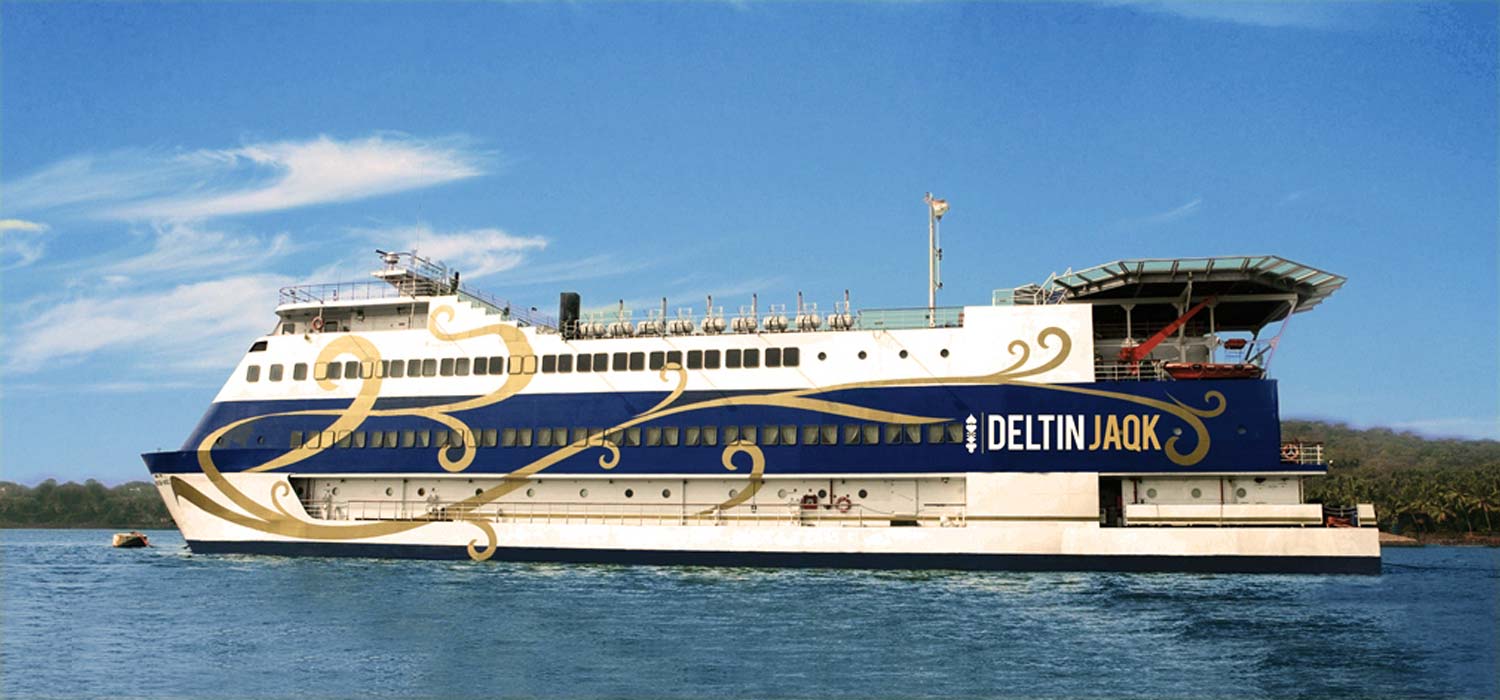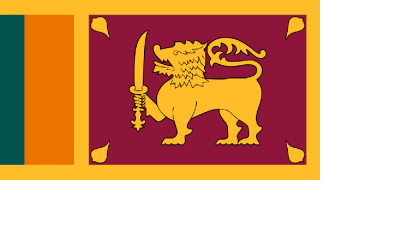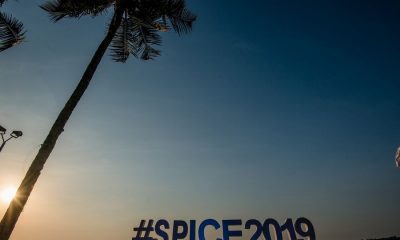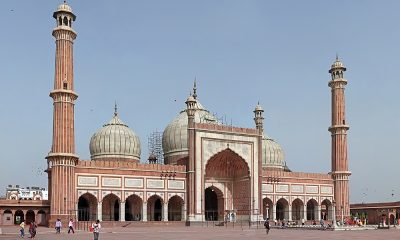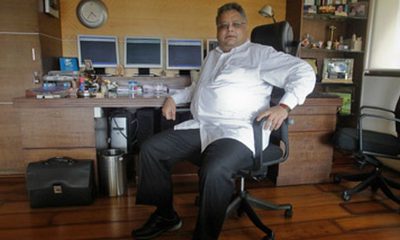Business
Feature: Silver Heritage CEO Mike Bolsover discusses the prospects of the upcoming Tiger Palace Resort & Casino
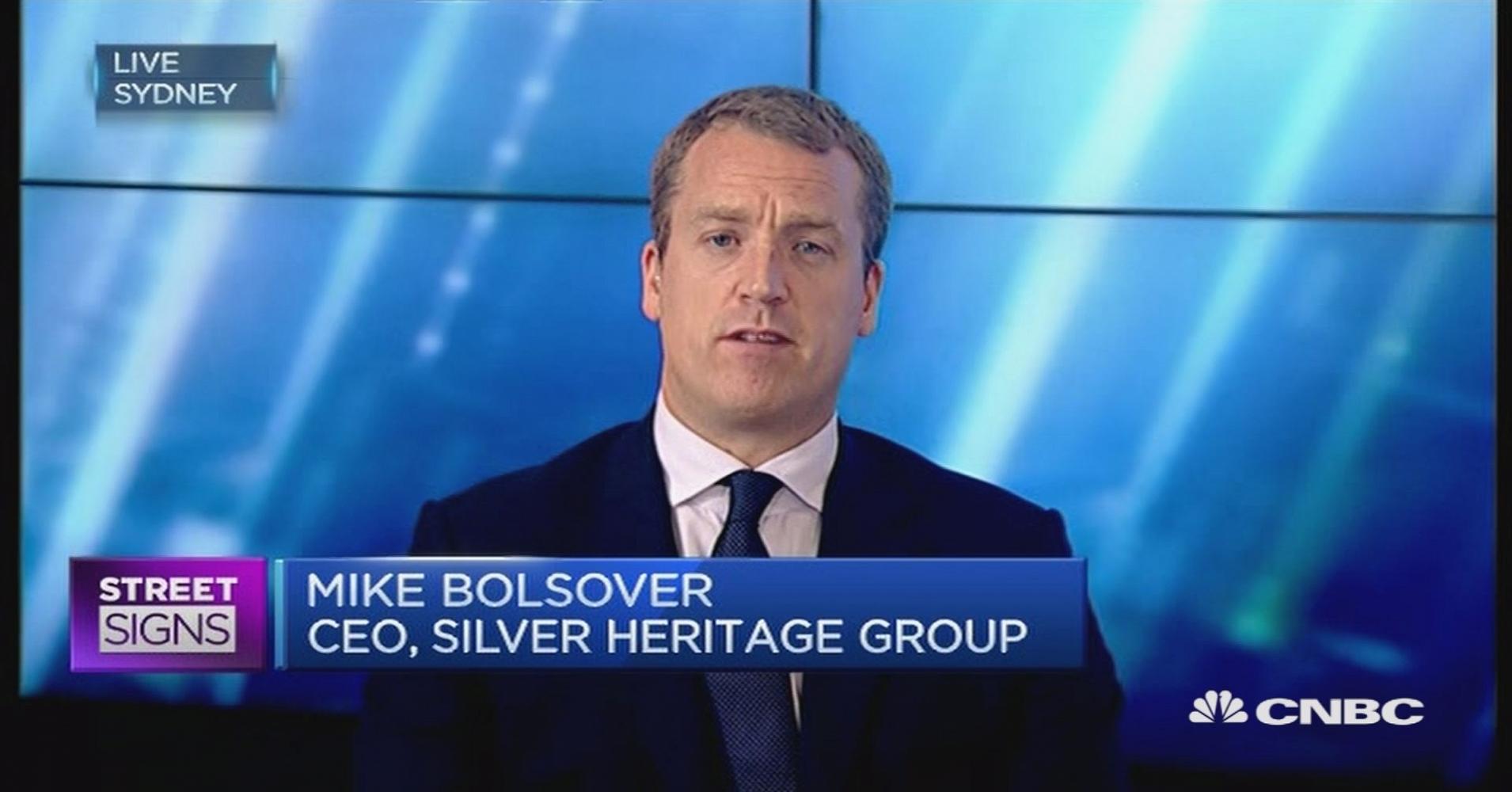
Exclusive Silver Heritage Group, an Australian Securities Exchange listed hospitality company, is in the process of developing one of the largest Integrated Resorts in South Asia – Tiger Palace Resort Bhairahawa.
Located in Bhairahawa in Southern Nepal near the India border, Tiger Palace is expected to open its hotel at the end of September and to commence gaming operations in November 2017, and is touted as a game-changer which will offer a unique five-star gaming and hospitality experience. The resort is nestled between two UNESCO Word Heritage Sites on the Terai close to the foothills of the Himalayas.
In this exclusive interview, Mike Bolsover, the CEO and Managing Director of Silver Heritage Group gives details about the project, its unique location and how it will change South Asia’s hospitality and entertainment sector.
Q. Nepal as a jurisdiction went through very tough times. In 2014, all casinos were shut down for non-payment of taxes and license (royalty) fees. The country also faced a devastating earthquake in 2015 and there has been political turmoil and multiple changes in governments in the recent past. Despite all this, why did Silver Heritage choose Nepal as the location for its Tiger Palace project?
Mike Bolsover (MB): The key driver of integrated resort earnings, certainly the casino and hospitality element, is proximity.
On its southern low-lying border (average elevation approximately 100 mts above sea level) Nepal has an proximate population of over 400 million citizens – those include inhabitants of Delhi, Uttar Pradesh, Bihar, and West Bengal. Domestic air travel within India brings the other 900 million citizens within a days’ reach too. There are no geographic barriers (such as rivers or mountains) and no travel restrictions for Indians (such as visas or travel permits).
The only place one can play casino table games in India is Goa (and to a certain extent in Sikkim). Goa is over 2,000km from Tiger Palace Resort Bhairahawa, and even more so from Kathmandu. Our resort is closer to Delhi and Kolkata too for example (than Goa) and certainly closer to Thailand and China.
Major drivers of tourism are unique propositions and access and infrastructure including airlift. We have all three in Bhairahawa with fantastic roads in India (golden quadrilateral and East-West highway), a domestic airport 15 minutes drive away which will become Nepal’s 2nd international airport in less than 12 months time, and unique propositions in Lumbini – the birthplace of lord Buddha and a UNESCO world heritage site only 30 mins drive away, and Everest of course to the North. Furthermore Chitwan with its tigers and elephant and rhino is just 140 km from the resort to the East.
So if you want a large proximate market, and a fantastic pre-existing tourism proposition, then where better in the world than Nepal?
Silver Heritage have been in Nepal since 2011, and I myself first travelled to Nepal in 2003 to go trekking, a trip when I had the misfortune of being stuck in the Upper Mustang section of the Annapurna Circuit to the North of Pokhara, in Jomsom. There was some fighting between the Maoists and the Nepal Police at the time and the roads were blocked. We were assisted by our now local partner and my good friend Rajendra Bajgain as he was able to source an army helicopter to take us from Jomsom to Pokhara, flying over the skirmishes, and off to Kathmandu. That was almost 15 years ago.
The country has moved on significantly since then, much like Sri Lanka post the Tamil Tigers conflict, and it is very much a functioning multi-party democracy in Nepal at present with Nepali Congress, UPN-UML, and the Maoists effectively sharing the leadership since the new Constitution in 2015. As was agreed at the Nepal Investment Summit in March 2017, whilst single party stability is not guaranteed, predictability of Government change is. And so with a long history in Nepal we feel that we can navigate the nuances of the Nepali political situation. It may frustrate business from time to time but it certainly doesn’t prevent it.
At their invitation, we were able to assist the government in its desire to develop a framework to properly regulate the casino industry, an industry which has been present in Nepal for over 50 years, and to attract foreign direct investment. The new regulations, known as the Casino Rules 2070, was published in the Gazette in July 2013. Eventually (in early 2014) the government was able to close all the existing casinos and “re-set” the industry with a view to long term sustainable growth of the casino, tourism, and integrated resort industry in Nepal, and as part of that process they closed all existing casinos pending settlement of their back-taxes and royalties.
Silver Heritage was the first company to apply for and be awarded a casino licence under the new regulations. This was in February 2015, when we opened The Millionaire’s Club and Casino at the 5-star Shangri-La Hotel in Lazimpat, Kathmandu. Over the course of 2015, two other operators opened casinos at 5-star hotels in the capital.
Q. How have the Nepalese politicians, bureaucrats and people in general reacted to the Tiger Palace project? Are they excited or is there some opposition to the idea of casinos?
MB: They are very supportive because we have set a new standard and we are the first group to build an large scale hotel resort facility in which to house a casino. The US$51.8m we are spending is also the largest foreign investment in the tourism industry at present. We will soon employ well over 1,000 Nepalis which will put us in the top tier of employers in the country, and our business in the Shangri-La has to date paid almost US$2 million in taxes and fees to the Government of Nepal (casino royalties, licence fees and income tax).
Q. Can you give some more clarity on the licensing conditions for the casino – time period of validity, recurring and non-recurring fees? Also could you throw some colour on the tax rate for the casino revenues?
MB: The Casino Rules 2070 state that casino royalties (gaming taxes) of US$400,000 are payable per annum, and license fees are US$100,000 per annum (US$200,000 in year one) per property. Corporate tax is 25% but there are a series of incentives which make the effective tax rate much lower.
Q. The fact that Tiger Palace is located so close to the India border indicates that the North & East India audience will be the real market for the resort. Given this, why not start a project in Nepal instead of India? Are you looking at opportunities in India?
MB: We are in Nepal. Foreign companies are not allowed to own equity in Indian casino ventures. We also expect international visitors from China, Korea, and the rest of Asia as we are situated in such a fantastic location with unique tourist experiences.
The opening of the International facilities including customs and immigration at Gautam Buddha airport in Bhairahawa, just 15 minutes from the resort by 2018 would mean that we can soon draw customers from further afield who could access our property and the rest of Nepal from the country’s second international airport at Bhairahawa. This is a long-term play and is an internationally accessible destination resort.
Q. About the project, could you give a few more details about Tiger Palace Resort for our readers. Also please give some insights on the casino and the games and facilities that it will have.
MB: We have a vision to transform South Asia’s entertainment landscape. Tiger Palace Resort will be an exhilarating, heart-stopping wholesome entertainment destination unlike anything the Indian consumer has seen before. A place to let loose, escape the everyday and live for the moment, it perfectly combines international flair with local sensibility to create a truly dynamic, engaging experience.
Our target audience is businessmen, bachelors, group of friends, families and young corporates who enjoy the good things in life and like to have fun. They seek a more exciting and higher quality entertainment options. One that is accessible yet aspirational; that speaks to their desire for a better lifestyle and international experiences. Value driven, they look for quality, reliability and unique offerings. They like to express themselves and want to be entertained at all times. Our tagline? “Dare To Go Wild”.
The hotel and hospitality area opens first and includes 100 rooms and suites and 2 villas in phase 1, in addition to 6 separate food and beverage options, a large swimming pool, children’s arcade, gym, spa, sports facilities, wedding & banqueting facilities, and first class MICE (meetings incentives conventions exhibitions) facilities.
The casino will open with 52 tables, featuring a mix of roulette, baccarat, poker and other South Asian games, and 200 slot machines in phase one. These will be offered in separate mass, premium mass, and VIP areas.
Additional rooms are planned for phase 2, together with new casino floor space depending on demand.
We already own the areas within the property which would be able to accommodate additional phases.
Q. Recent updates suggest that the hotel rooms and other facilities will open by September-end and the casino by November. Are you still on-course for the target or has there been any revision?
MB: Yes we remain on course, in fact some of the hotel rooms have already been turned over to the operations team by the development team for final preparations.
Q. What are the revenue and growth projections for Silver Heritage from Tiger Palace Resort?
MB: We expect to generate very competitive returns relative to our peers.
Q.Finally, can you throw some light on Silver Heritage’s future expansion plans and strategy? Are you looking to expand into newer geographies?
MB: For now we have presence and focus only in Nepal and Vietnam.





